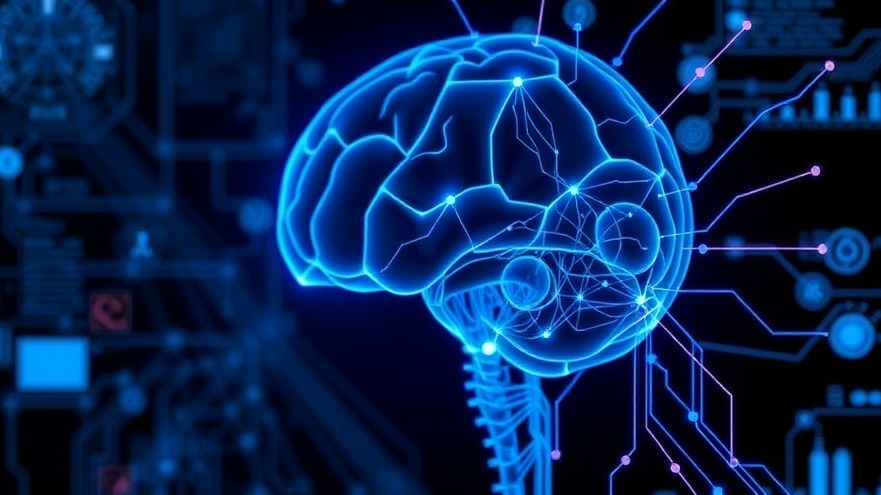
Understanding Public Perceptions of Neurotechnological Treatments
As technological advancements in healthcare continue to surge, particularly in the realm of neurotechnology aimed at treating brain conditions, the importance of understanding public perceptions surrounding these innovations cannot be overstated. A recent study highlighted in the journal Device sheds light on how American adults perceive various neurotechnological interventions designed to address severe mood, memory, or motor symptoms.
Survey Insights: Neurotechnologies Under the Microscope
Conducted by researchers at Mass General Brigham, the study surveyed over 1,000 U.S. adults, exploring their views on four specific neurotechnologies: deep brain stimulation (DBS), MRI-guided focused ultrasound (MRgFUS), transcranial magnetic stimulation (TMS), and the use of pills for psychiatric conditions. This comprehensive approach provides a broader context in comparison to earlier studies that often focused on singular technologies.
The Technologies Explained
Deep Brain Stimulation (DBS): A surgical method that involves implanting electrodes in specific brain regions to modulate neural activity.
MRI-guided Focused Ultrasound (MRgFUS): A non-invasive technique employing high-frequency sound waves to target and treat specific brain tissue without incisions.
Transcranial Magnetic Stimulation (TMS): Uses magnetic pulses to stimulate nerve cells in the brain, primarily for managing depression and other mood disorders.
Pills: Traditional pharmacological treatments, which scored highest on various acceptance measures in the survey.
Perceptions of Efficacy and Safety
The study revealed that the American public's familiarity with these technologies was notably low, with an exception for pills. Interestingly, while most respondents viewed pills as the most beneficial and acceptable treatment option (at 61% likelihood of use), there was a significant percentage of participants also open to TMS (41%), MRgFUS (29%), and even DBS (21%). This willingness highlights a critical point: the perception of benefit may often outweigh the risks associated with more invasive procedures.
Investigating the Risks and Ethical Concerns
According to the survey, participants rated deep brain stimulation as beneficial yet risky, noting that it is also seen as the most invasive option. This dichotomy emphasizes a growing concern surrounding the ethical implications of brain interventions—participants expressed hesitation about using DBS, fearing it might alter their identity or sense of self. Such considerations are vital for practitioners to discuss with patients as these technologies become more prevalent.
Influence of Symptom Type on Acceptance
The research also varied symptoms to assess how they impacted perceptions of the technologies. Acute conditions related to severe memory, mood, or motor impairments saw varied responses, indicating that emotional and psychological factors play substantial roles in patient acceptance. Understanding this nuance can aid health practitioners in tailoring their communication strategies for discussing treatment options.
Future Trends in Treatment Acceptance
The growing body of research on neurotechnologies suggests several trends impacting treatment acceptance. As advancements in technology continue to progress alongside societal acceptance of new treatment modalities, we may witness an increasing openness to non-traditional interventions. This shift could prompt more proactive discussions surrounding these technologies within healthcare practices.
Concluding Thoughts: Enhancing Patient Communication
For concierge health practitioners, staying informed about evolving patient perspectives on technological interventions is essential. This knowledge not only aids in providing better care but also empowers practitioners to guide patients through the complex landscape of modern medical treatments. Emphasizing the balance between potential benefits and inherent risks will be crucial in fostering trust as patients consider these emerging technologies.
As the industry progresses, practitioners are encouraged to engage in ongoing dialogues about the implications of these treatments and to advocate for patient education on the available options. Being at the forefront of this conversation will help health practitioners not only improve patient outcomes but also enhance their practice by demonstrating a commitment to understanding and addressing patient concerns regarding new technologies.
 Add Row
Add Row  Add
Add 




Write A Comment